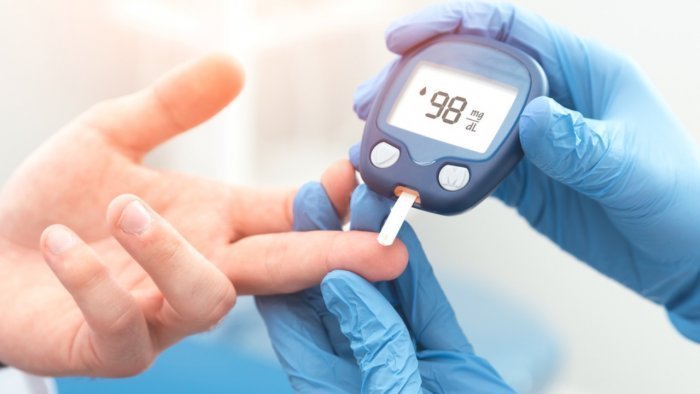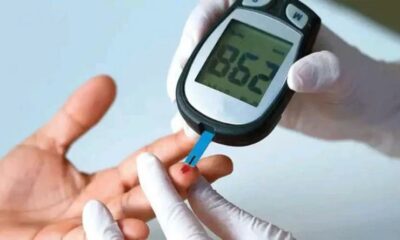The discovery of genetic similarities and differences between various forms of type 2 diabetes in Europe and India is a breakthrough that, according to the researchers, has the potential to improve the country’s treatment. Specialists in Sweden have recently demonstrated the way that diabetes can be partitioned into five subgroups, and that there are hereditary contrasts between the four subgroups connecting with type 2 diabetes.
The classification system is applicable to a group in western India, according to the new study, which was published in The Lancet Regional Health-Southeast Asia journal.
“The study highlights genetic similarities and differences between different forms of type 2 diabetes in India and Europe,” said Rashmi Prasad, associate professor in genomics, diabetes, and endocrinology at Lund University in Sweden.
“We see this as an exciting new step towards a better understanding of the development of type 2 diabetes in India,” Prasad said in a statement.
Based on clinical data from 2,217 patients, the findings are based on genome-wide association studies (GWAS) and genetic risk score analyses (GRS) on 821 people with type 2 diabetes from a Western Indian study.
“The characteristics of all the subgroups reflected those seen in European people with diabetes. We could also confirm our previous findings that have shown that a certain form of type 2 diabetes that is characterized by relatively low BMI is the most common form of the disease in India,” said Prasad.
According to the researchers, the subgroup is known as severe insulin-deficient diabetes (SIDD), and it is a type 2 diabetes with early onset, low insulin secretion, and poor metabolic control.
In the Indian study, 47% of people with type 2 diabetes were classified as members of the SIDD group.
Past studies on populations in Sweden have shown that mild age-related diabetes (MARD), which is described by late onset, is the most common form of diabetes among Swedish individuals.
“Early life undernutrition in Indians may be a major contribution to the early onset of type 2 diabetes, and this may be why we see this difference in the distribution of patients between Sweden and India,” Prasad said.
“The knowledge may be used to prevent the disease in India, which has the second highest number of diabetes worldwide after China. Our findings suggest that efforts to prevent malnutrition in Indians may also prevent type 2 diabetes,” she added.
According to the study, mild obesity-related diabetes (MOD), a group characterized by obesity, early onset, and relatively mild disease progression, was the second largest group in India.
The genetic variants for vitamin B12 deficiency were found in the Indian participants in the MOD group, but not in the Swedish group, according to the researchers.
“It’s an interesting example of genetic differences between the Indian and Swedish groups in our study. This finding suggests that the causes of the disease differ between the two populations. Vitamin B12 deficiency may be a factor that drives the disease in the Indian MOD group,” Prasad added.

 Diabetology2 weeks ago
Diabetology2 weeks ago
 Diabetology2 weeks ago
Diabetology2 weeks ago
 Diabetology1 week ago
Diabetology1 week ago
 Diabetology1 week ago
Diabetology1 week ago
 Diabetology1 week ago
Diabetology1 week ago
 Diabetology2 weeks ago
Diabetology2 weeks ago
 Diabetology1 week ago
Diabetology1 week ago
 Diabetology2 weeks ago
Diabetology2 weeks ago














